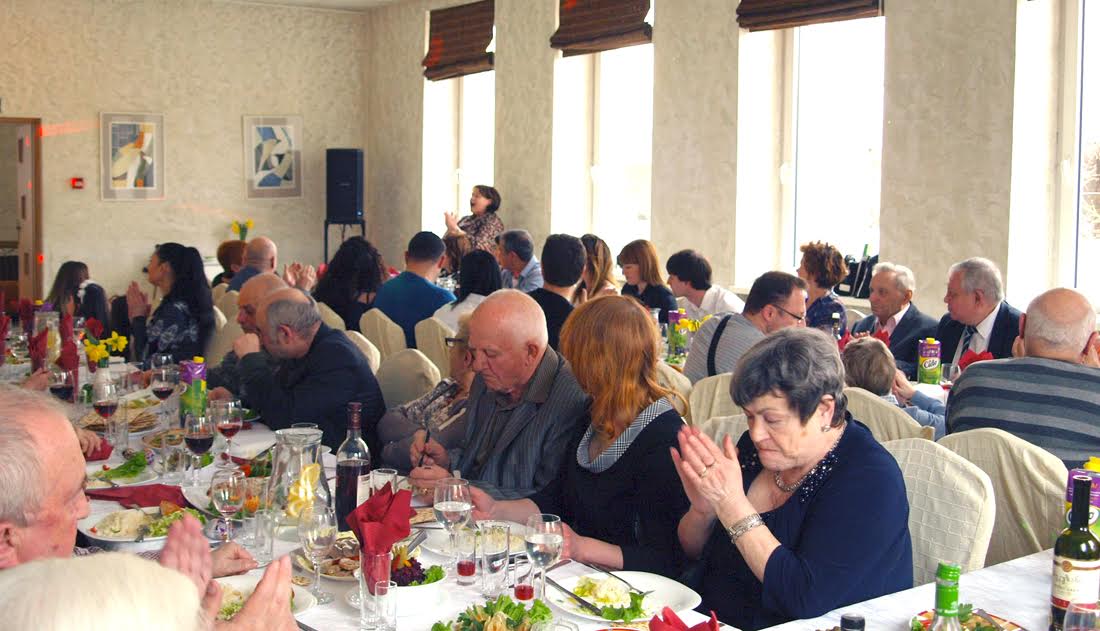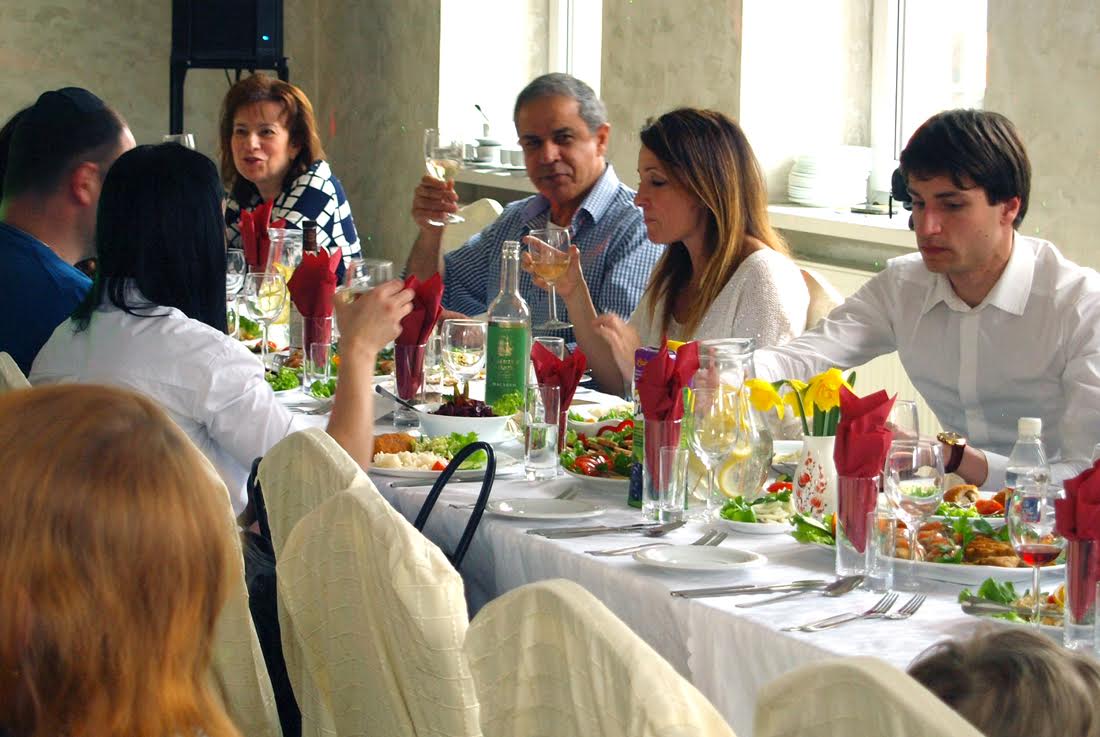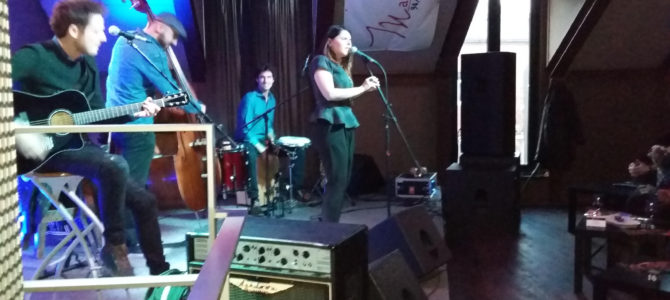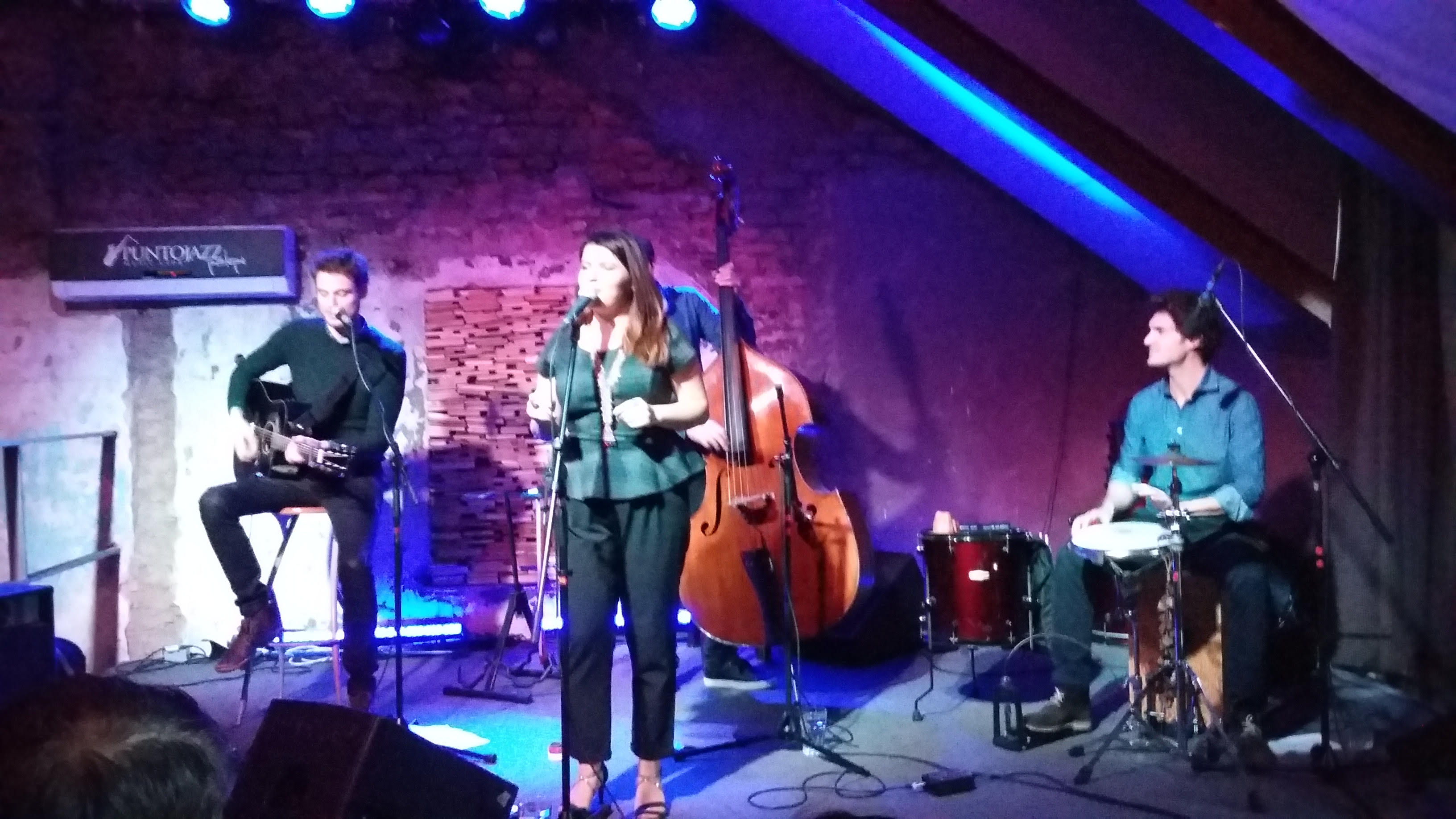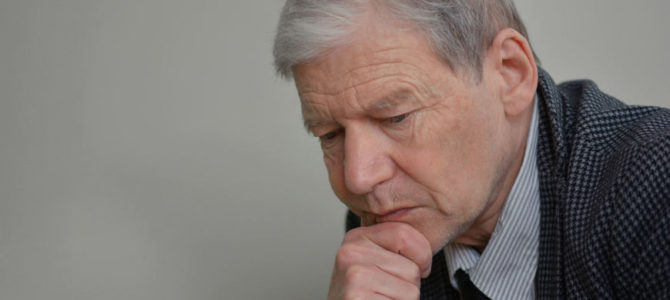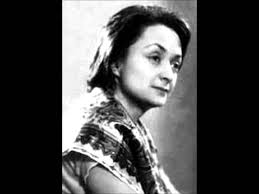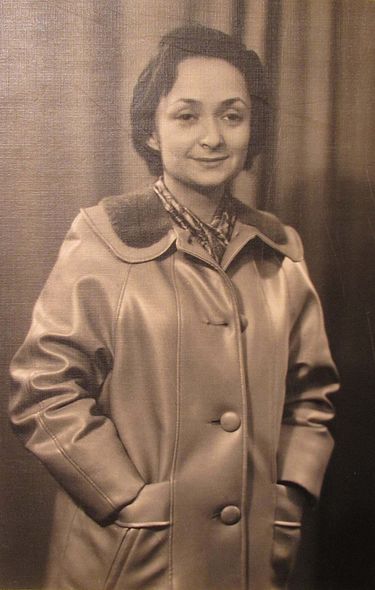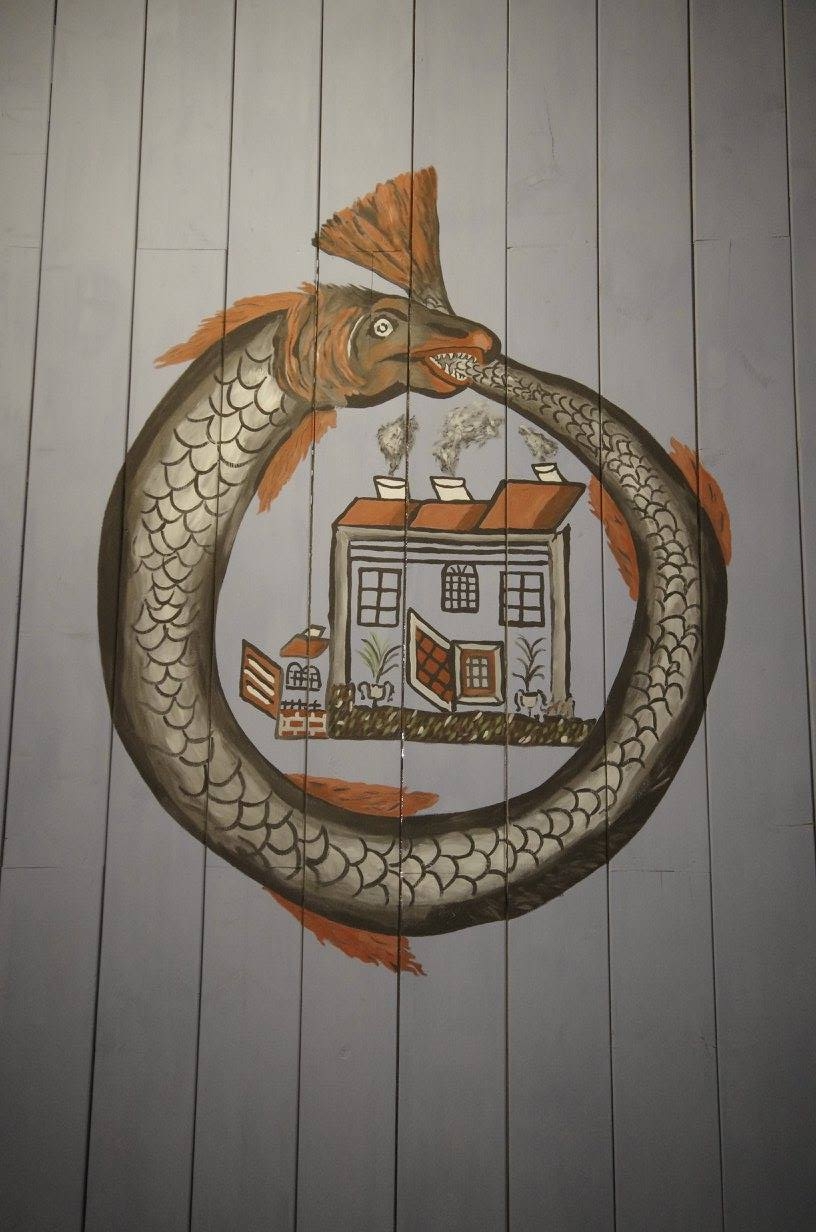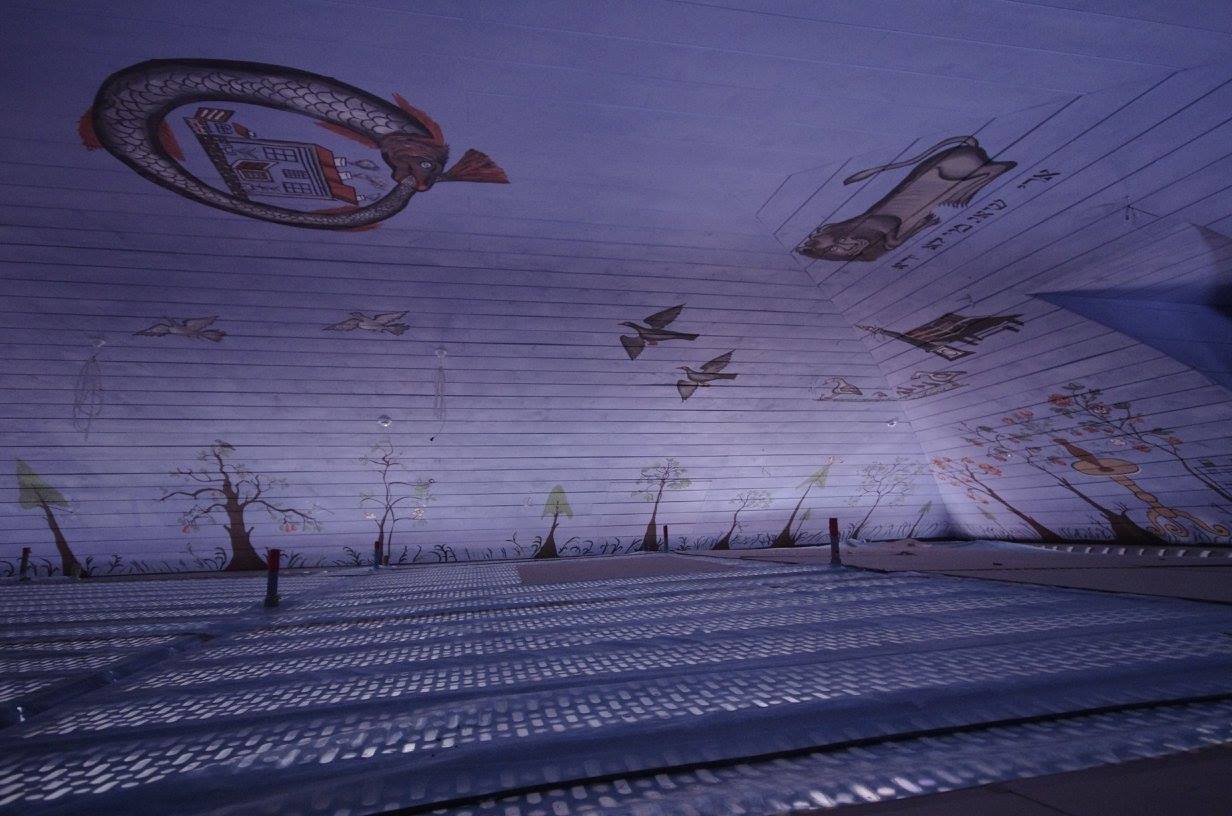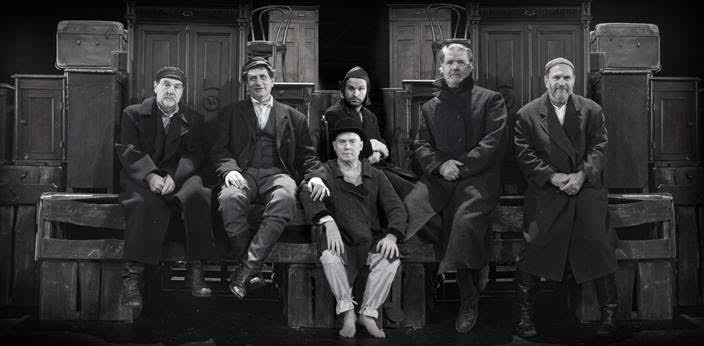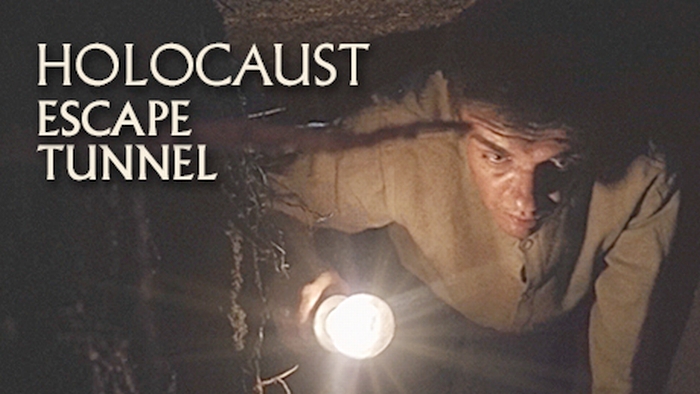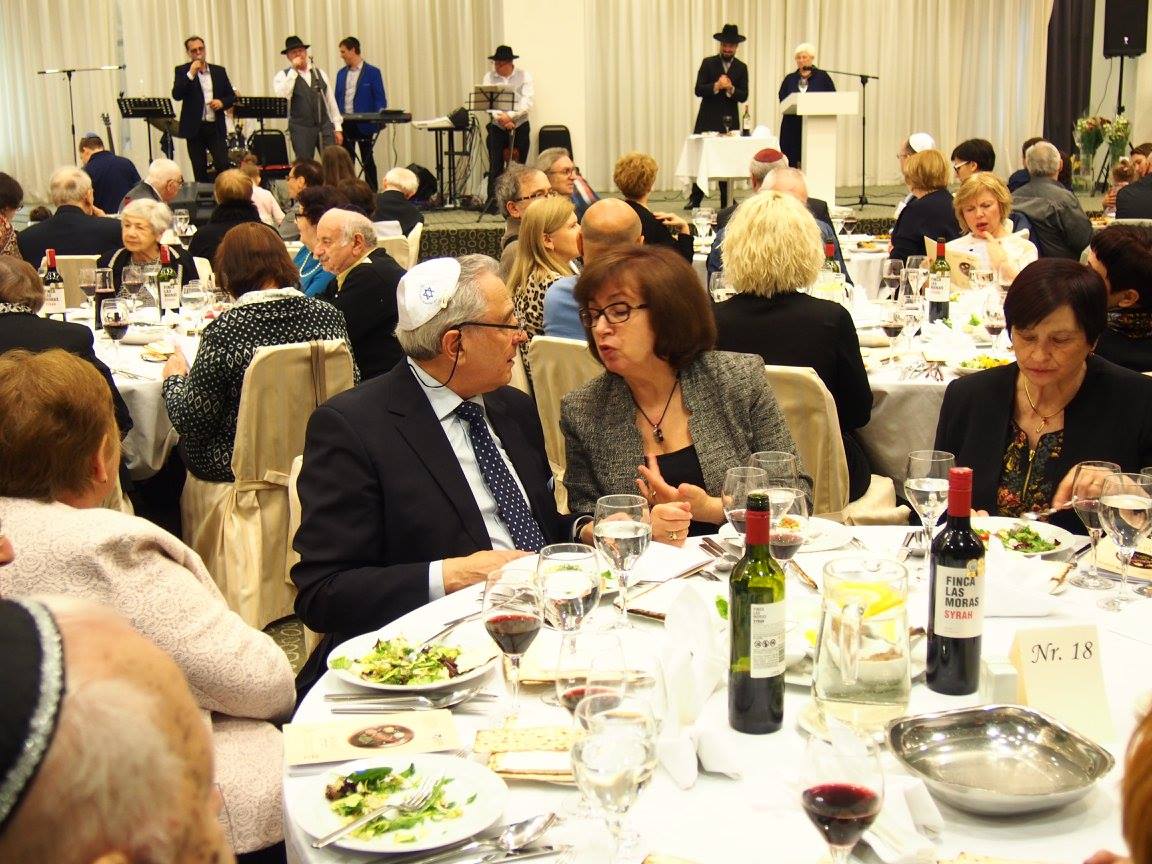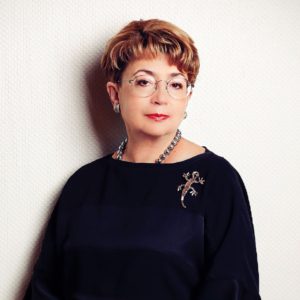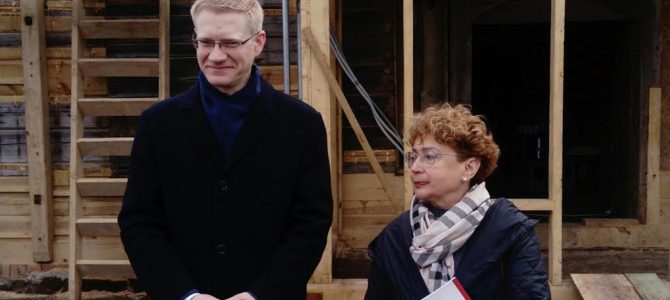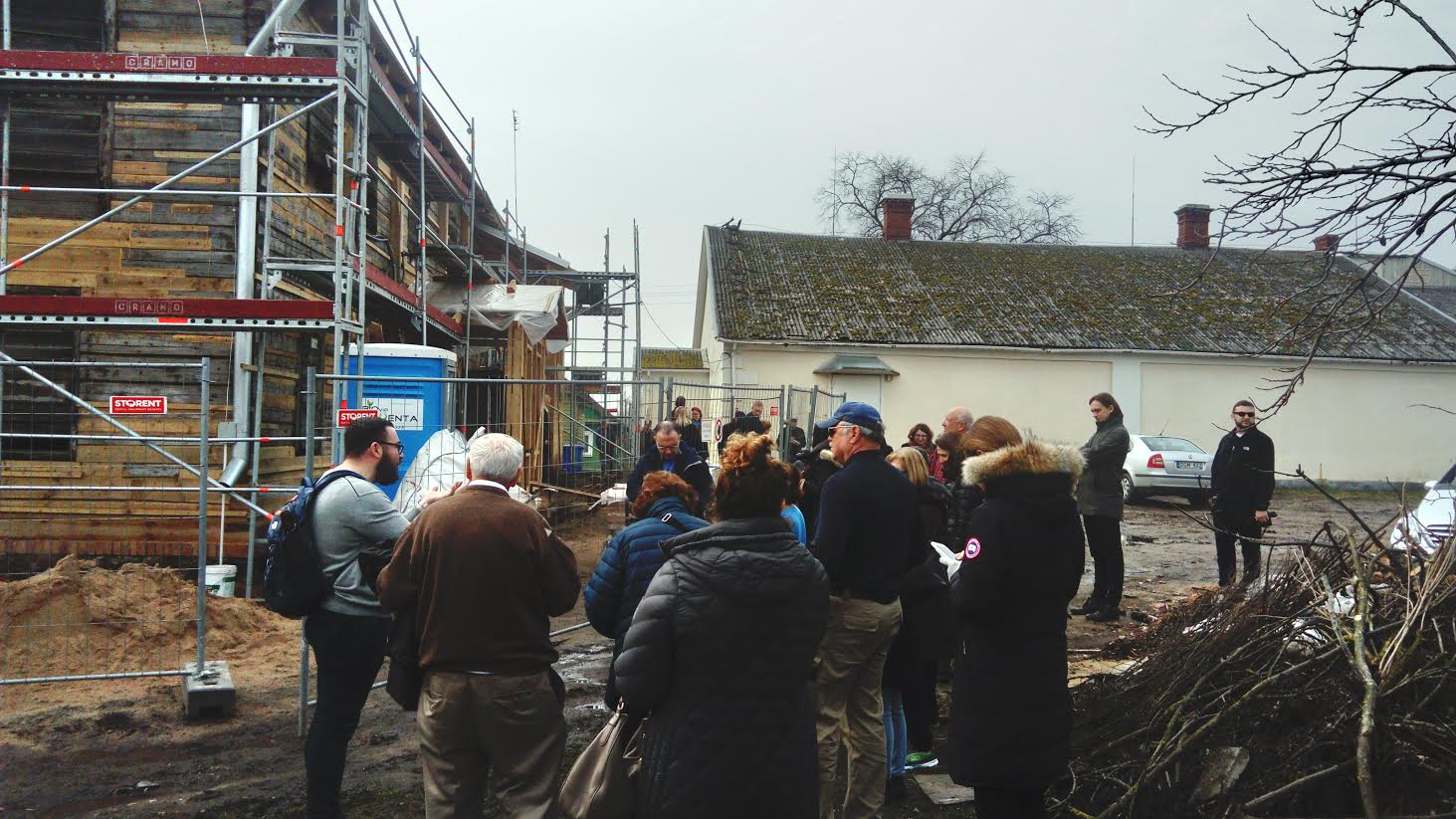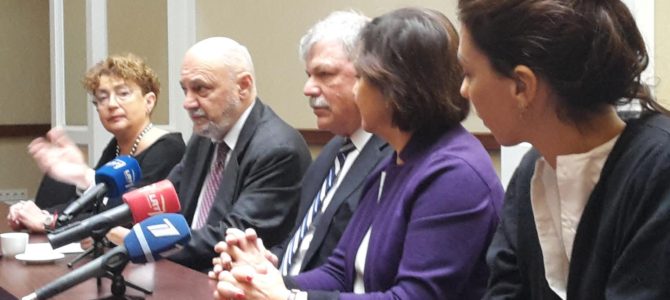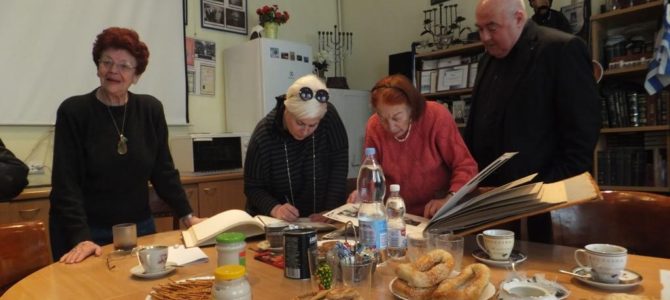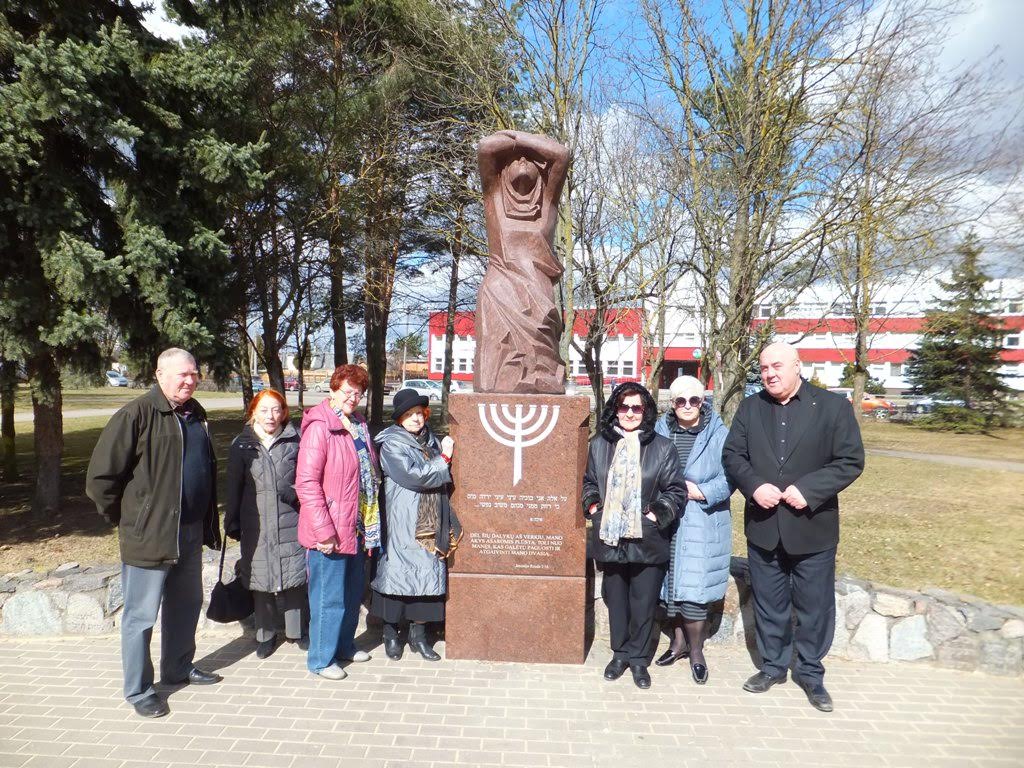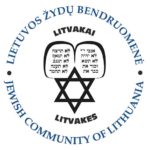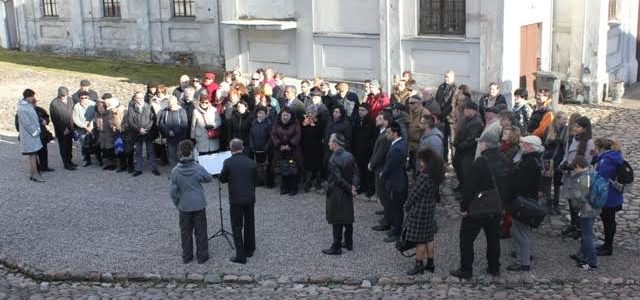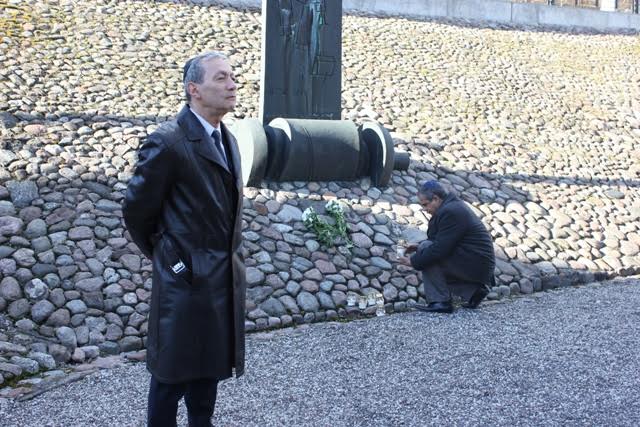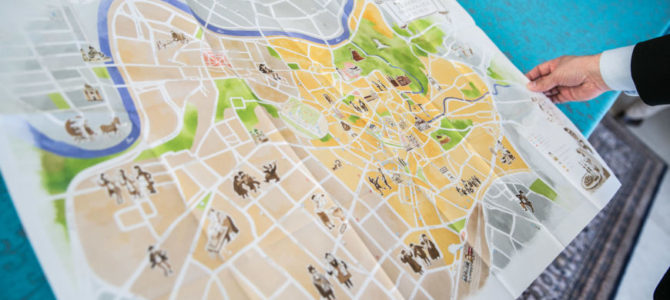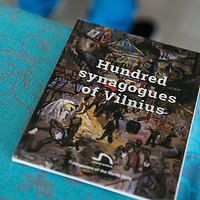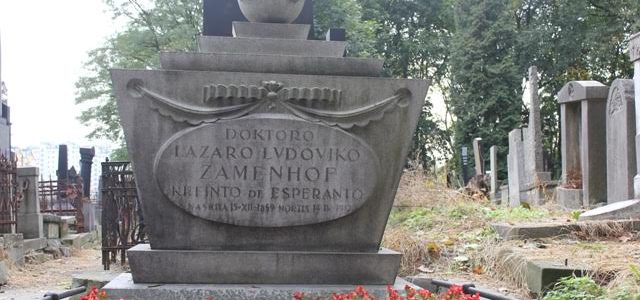
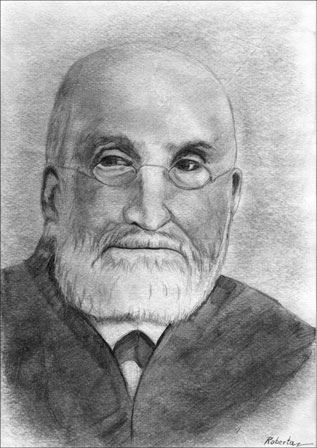
Zamenhof’s grave in Warsaw, visited by members of the Kaunas Jewish Community
The Kaunas Jewish Community marked the 100th anniversary of the death of Ludwik Lejzer Zamenhof, the inventor of the artificial international language Esperanto who sought to bring the races and linguistic groups of the world closer. Dr. Zamenhof sought to make Esperanto the world’s second language. The residents of Kaunas are proud L. L. Zamenhof called the city home for a time and proud of the legacy he left the world in the form of Esperanto.
According to wikipedia: “By 1878, his project Lingwe uniwersala was almost finished. However, Zamenhof was too young then to publish his work. Soon after graduation from school he began to study medicine, first in Moscow, and later in Warsaw. In 1885, Zamenhof graduated from a university and began his practice as a doctor in Veisiejai and after 1886 as an ophthalmologist in Płock and Vienna. While healing people there he continued to work on his project of an international language.”
More about Zamenhof and the language he created is available in the Lithuanian language:
Zamenhof and Kaunas
http://mokslolietuva.lt/2014/01/zamenhofas-ir-kaunas/
What happened to Esperanto?
http://www.bernardinai.lt/straipsnis/2015-10-23-kas-nutiko-esperanto-kalbai/136454
Website for learning Esperanto and learning about the history of the language.
https://lernu.net/lt
How is Lithuania connected to Esperanto?
http://www.yrasalis.lt/naujienos/kas-sieja-lietuva-ir-esperanto/


